Green kitchen cabinets - why does it matter?
To improve the air quality of your home, that's why! “Indoor air quality” refers to the quality of the air in any home environment. The potential impact of indoor air quality on human health nationally is important for many reasons, including:
- Americans spend on average about 90 percent of their time indoors, where according to the EPA, the concentrations of pollutants can be up to 5 times higher than typical outdoor concentrations.
- People who are often most susceptible to the adverse effects of pollution (e.g., the very young, older adults, people with cardiovascular or respiratory disease) tend to spend even more time indoors.
- Indoor concentrations of some pollutants have increased in recent decades due to such factors as energy-efficient building construction (when they lack sufficient mechanical ventilation from a HRV or ERV system to ensure adequate air exchange) and increased use of synthetic building materials, wood particle board panels containing formaldehyde in kitchens and furnishings, toxic chemicals in personal care products, pesticides, and household cleaners.
This is why its so important to be extra careful when choosing a kitchen for a new-build property or home renovation - be sure to ask your cabinetmaker to price different materials that will help achieve that goal. The results for your health will be great, and the price will probably be a pleasant surprise too.
Market demand is such that as more people demand healthier and more eco-friendly building materials, the cost comes down considerably. 'Eco' products are mainstream now, so they are consistently becoming more affordable and easier to find. Formaldehyde-free FSC wood cabinets can now be found at box stores as well.
What we hope to illustrate here is the cost difference between a standard kitchen and a much less toxic one, showing that going green no longer comes with the financial sacrifice it used to.
What makes kitchen cabinets green?
Countertops aside, there are three main materials that will determine the health effects and cost of a kitchen:
Melamine faced particleboard, MDF or plywood: These are by far the most commonly used material for the 'carcasses' or the cabinet boxes themselves that go into a kitchen. Generally, white melamine is used but a wood grained melamine to match the wood doors is not at all uncommon.
Wood doors: We will be working in this example with maple 'Shaker' style five-piece doors with a flat plywood centre. This is by far the most popular and affordable wood door style. The five pieces are the two rails (horizontal), two stiles (vertical) and the panel (centre), which are commonly referred to as “rail and stile” doors.
Stain and lacquer: These greatly affect the finished product. While they are not always considered 'materials' of a kitchen, they do affect air quality, durability and cost, so they bear some examining.
How much more does a green kitchen cost?:
Here is an example of a kitchen built the 'old' way, costing the client $14,900 before the countertop and before taxes. For the same kitchen built the 'green' way, the cost to the client would be $16,250, an increase of only $1,350, or 9.1%.
Let’s break down the price difference:
- Melamine: The melamine we used for this kitchen was Hard Rock Maple. Regular Hard Rock costs about $40/sheet, whereas the Nugreen (formaldehyde-free) product runs about $54. We used around 30 sheets of melamine for this job, so that the increase in the cost of the melamine was $504. One alternative to be considered is also formaldehyde-free plywood - which can be supplied as pre-finished formaldehyde-free plywood with UV cured VOC free laquer.
- Wood doors: The clients chose maple for their kitchen, and we purchased the doors from a door manufacturer for $2040. The same doors in an FSC* wood would cost (we are assured) not more than 20% more, possibly less. Depending on the species of wood of course, this price difference could vary quite a bit. For the purposes of this article, the doors in FSC lumber have been penciled in at $2448.
* FSC (Forest Stewardship Council) wood products do not affect indoor air quality. FSC is a certifcation progam that ensures wood was sustainably harvested.
Lacquer: The old solvent-based lacquers cost a little less than half as much as their water-based counterparts – about $100 per pail for the former and $220 for the latter. We pegged the solvent-based lacquer for this kitchen at $45 and the water-based lacquer at $100.
Stain: Here we are actually saving a bit of money. Since a gallon of oil-based stain can run to $90 for a custom colour, we have used that as a base cost. In the water-based stains we use aniline stains found at Lee Valley. These cost about $12 apiece, and since we ended up using less than two packets to achieve the colour the client wanted, we have put $24 down for stain cost.
Each of these increases or decreases represents the projected difference in cost to your cabinetmaker. They will change once the mark-up is applied and will vary depending on that percentage. In this case we have applied a 30% mark-up on material purchased.
It is worth noting that not all materials for green kitchen cabinets change greatly in price as they get greener, and other materials change dramatically. Regarding melamine alone, a sheet of white can run as little as $20 per sheet while the “green” formaldehyde-free version of white is double that.
The Hard Rock Maple melamine we looked at cost $40 for a regular grade and $54 for the green toxin-free version, an increase of 24%. For some strange reason, comparatively, 'green' almond melamine cost only 15% more than the regular grade. At the time of press, it was possible to buy ¾ inch FSC poplar formaldehyde-free plywood for 2% less than the regular grade.
Sourcing green kitchen cabinet materials:
While these numbers may seem encouraging for those wanting to go for green kitchen cabinets, there is another consideration to be allowed for, and that is how soon do you want your new eco-friendly kitchen? Not all materials will be readily available at all times, and searching for them let alone waiting for them may affect the lead time on getting your kitchen when you need it. It can be wise to plan farther ahead when choosing a healthy green kitchen, but as we know, it's the right choice to make.
It is also possible that there will be a minimum purchase or special order required to get the material you want and that depending on how much is required for the job, the minimum order may be prohibitive, ignoring the fact that wasted material is never green either.
Featured green kitchen :
The custom non-toxic Green kitchen renovation featured in this article was made with 'regular' solid maple and standard white melamine for the interiors of the cabinet boxes, but all wood components are finished with water-based lacquer.
Green kitchen cabinet components of this build include:
- 2 lower end units with 30’ angled side panels (one opening)
- 1 lower microwave unit with 2 drawers
- 1 blind corner sink unit
- 1 five-drawer unit (two top drawers side by side, three below)
- 1 three-drawer unit
- 1 single-door unit with two sliding shelves inside
- 1 @ 8” deep pantry with two doors (depth of which the client loves)
- 2 @ 60”wide x 40” high, 3 door upper units with 30’ angled side panels
- 2 single-door upper units, 20”wide by 40” high
- 1 @ double-door unit above stove, 30” wide x 20” high
- 1 @ full depth double-door unit above fridge, 34 x 20”, with two sliding shelves
- 2 full height custom fridge panels
- 2 @ 34” high custom stove side panels
- 2 @ 40” high custom fume hood side panels
- Solid maple crown moulding throughout
- All hinges are Blum with integrated blumotion
- All slides are Blum Tandem undermount with integrated blumotion
- All drawer boxes are solid maple dovetailed construction with plywood bottoms
- Installation
Prices do not include:
- Countertops
- Handles (chosen and purchased later by client)
- Tiling
- Removal of original kitchen
The summary to all these numbers for a beautiful green kitchen is:
Formaldehyde-free Green kitchen cabinets should not cost more than 10 or 12% more than a kitchen made of standard and probably toxic products. If you have asked a cabinetmaker for a price comparison and it is more than that, ask for a breakdown of the price difference. If you are unsatisfied with the answers, contact us so we can see where the discrepancy may lie. And interestingly, the higher end a kitchen the less of a difference it can be to go for green kitchen cabinets percentage-wise.
Now you know about how to build a green kitchen affordably and protect the air quality of your house. Learn more about green home building and how to create healthy indoor spaces, all in the Ecohome Building Guide as well as in the following pages:
Find out about the benefits of a free Ecohome Network Membership here for discount materials and free business promotion! |
 |
|
Choose Formaldehyde-free cabinets for your green kitchen © Ecohome
|
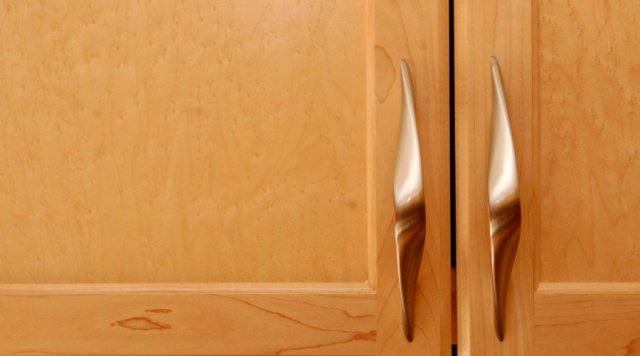 |
|
Beautiful non-toxic Custom kitchen renovation by River Woodworks © Ecohome
|
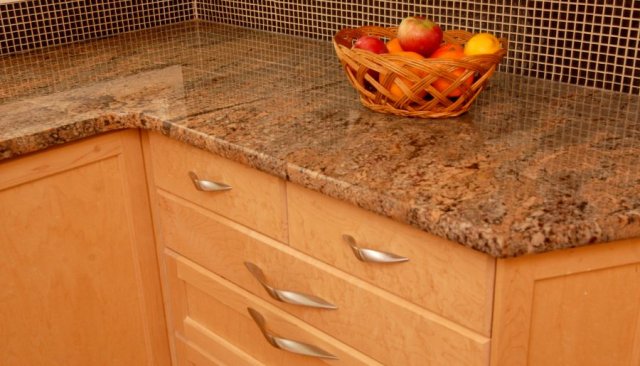 |
|
Custom green kitchen renovation by River Woodworks © Ecohome
|
 |
|
Formaldehyde-free kitchen cabinet renovation by River Woodworks © Ecohome
|
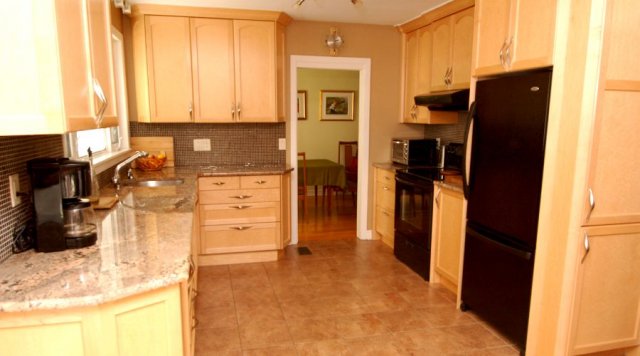 |
|
Green kitchen cabinets in a Custom kitchen renovation by River Woodworks © Ecohome
|



















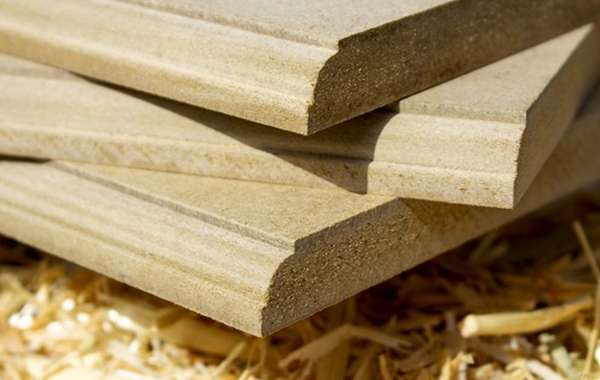
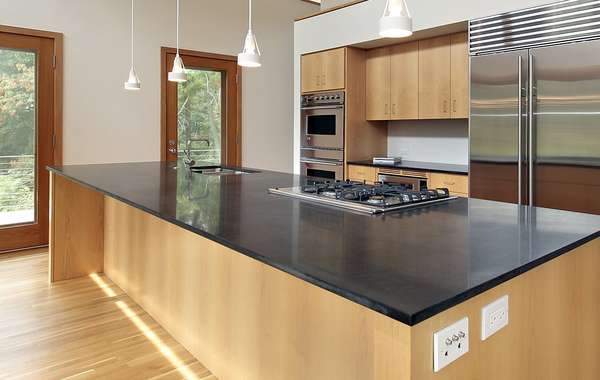
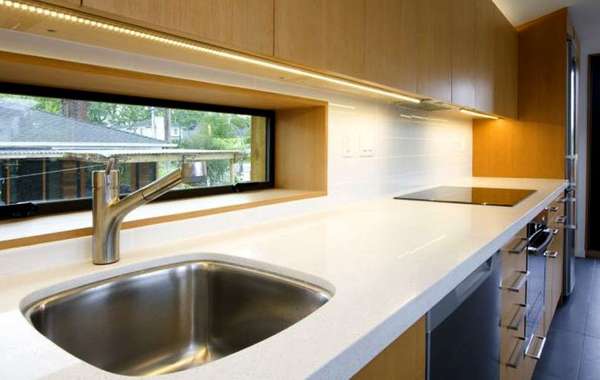
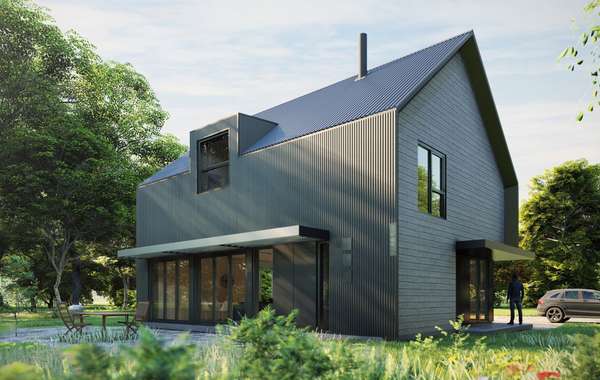
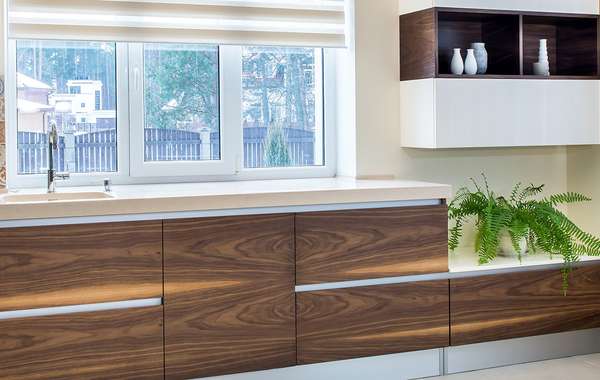
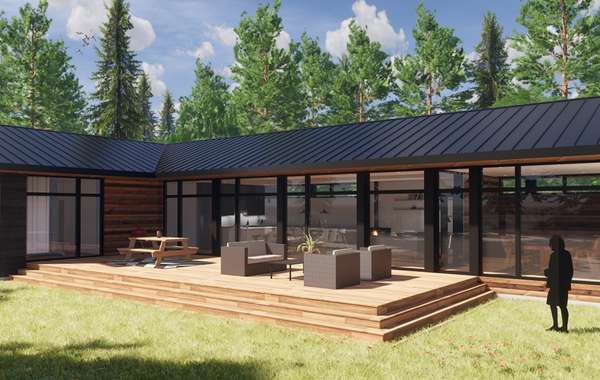

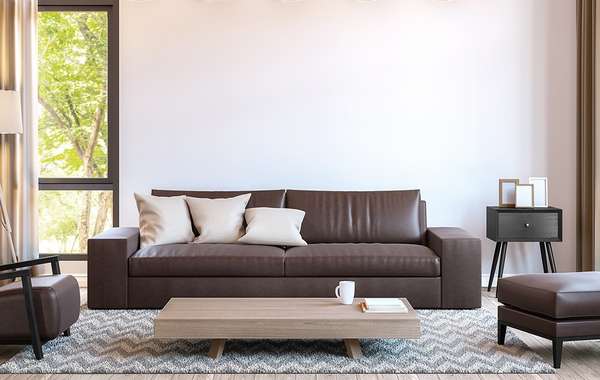
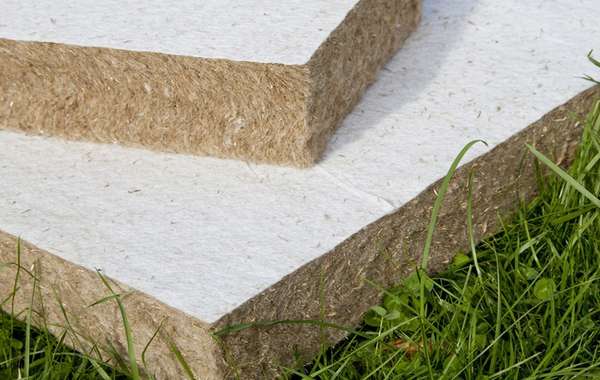

I really appreciate this wonderful post that you have provided.